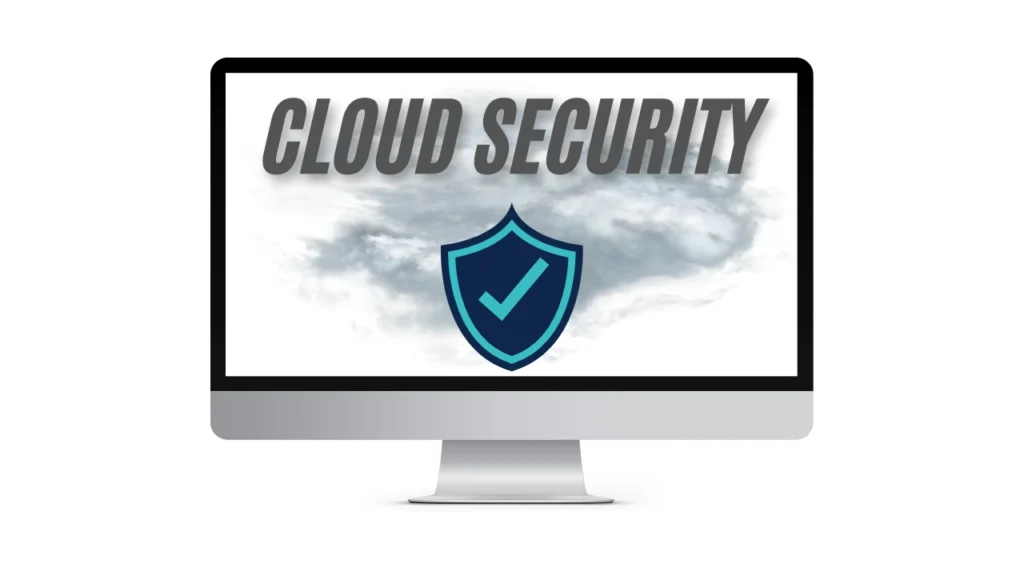Cybersecurity isn’t just a concern for tech giants or big corporations anymore—it’s something everyone who connects to the internet needs to take seriously. With new threats emerging and technology evolving rapidly, staying informed is your first line of defense. Let’s break down the key cybersecurity trends for 2025, what to watch out for, and how you can stay protected.
1. AI-Powered Cyber Threats Are on the Rise
AI has transformed cybersecurity, both positively and negatively. While it empowers security teams to detect and respond to threats more efficiently, it also equips cybercriminals to launch smarter, more convincing attacks. Imagine deepfake scams or phishing emails that are nearly impossible to distinguish from legitimate communications.
Stay Safe Tip: Be vigilant and double-check unexpected or unusual emails, links, or media, even if they seem legitimate. Invest in security software with AI capabilities to flag suspicious activities in real time. For more insights, read our article on AI-powered tools transforming everyday life.
2. Ransomware Targets Critical Infrastructure
Ransomware attacks are no longer confined to individual computers or small businesses. Increasingly, they are targeting critical infrastructure such as hospitals, energy grids, and financial institutions. These attacks can do more than just steal data—they can disrupt essential services and even endanger lives.
Stay Safe Tip: Regularly back up your data and ensure you have a reliable data recovery plan. Keeping software up to date helps close security gaps that hackers might exploit. For more comprehensive tips, visit Europol’s Cybercrime Centre.
3. Cloud Security Is More Important Than Ever
The continued trend of remote work and widespread use of cloud services has made cloud security a top priority. Misconfigured settings and weak access controls can put your data at risk. Understanding the vulnerabilities associated with cloud technology is vital for protection.

Stay Safe Tip: Utilize multi-factor authentication (MFA) whenever possible and routinely audit who has access to your data. Opt for cloud providers that prioritize data encryption and conduct frequent security audits.
4. Zero Trust Is the New Standard
The concept of securing your data by building a perimeter is outdated. Zero trust assumes that no one—inside or outside the network—can be trusted by default. Every request to access data is verified, ensuring a higher level of security.
Stay Safe Tip: Adopt a zero trust model by limiting user access to only what is necessary and employing strong verification protocols for every login attempt.
5. IoT Devices: Easy Targets for Hackers
IoT devices, from smart refrigerators to connected thermostats, are everywhere. Unfortunately, many come with inadequate security features, making them easy targets for hackers seeking entry into your network.
Stay Safe Tip: Change default passwords on IoT devices, keep their firmware updated, and place them on a network separate from your main devices.
6. Practicing Good Cyber Hygiene
Amidst all these evolving threats, practicing basic cyber hygiene remains one of the most effective defenses. This includes using strong, unique passwords, avoiding suspicious links, and deploying antivirus software.
Stay Safe Tip: Keep firewalls enabled, avoid using public Wi-Fi for sensitive activities, and exercise caution when clicking on unfamiliar links.
Final Thoughts
Navigating cybersecurity in 2025 requires being proactive, informed, and adaptable. By understanding these trends and adopting simple protective measures, you’re already ahead of the curve. At Bloglaish, we’re committed to helping you stay safe and prepared in an ever-changing digital landscape. Stay informed, keep your defenses strong, and never underestimate the value of being prepared.

